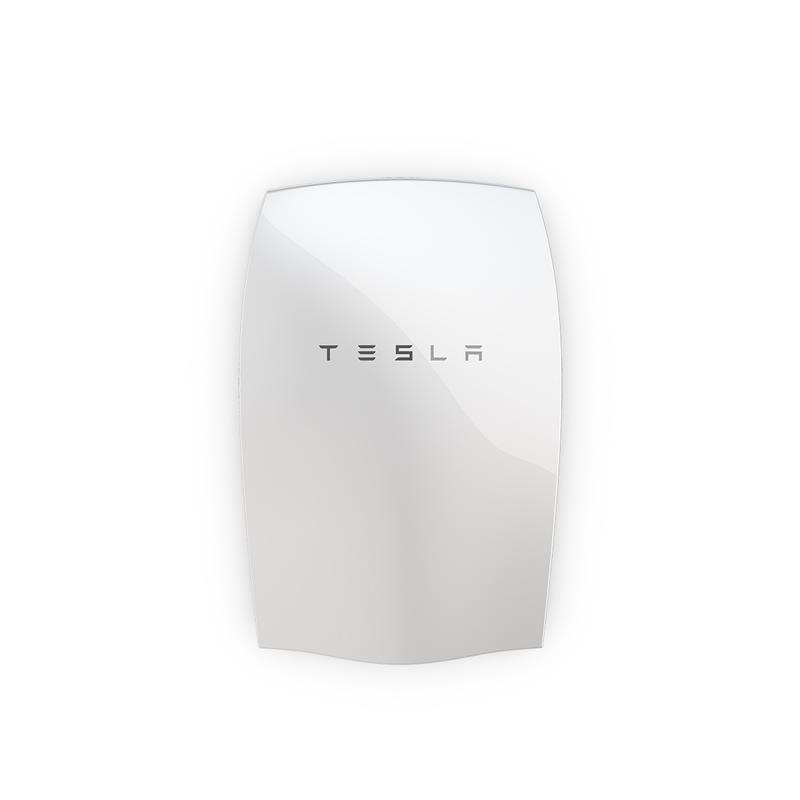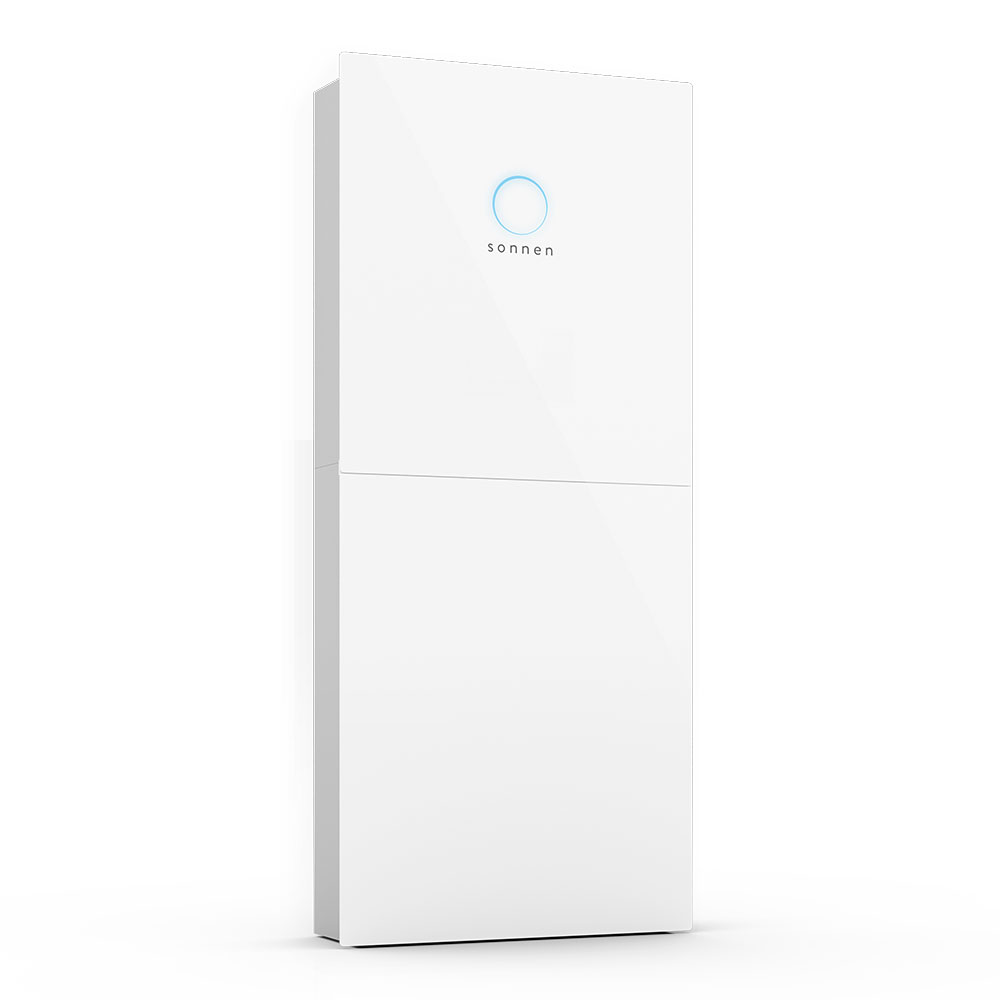LITHIUM ION VS. LITHIUM IRON PHOSPHATE

VS.

When choosing a solar battery, there are a lot of factors to consider. The first choice is to decide whether a Lithium Ion or Lithium Iron Phosphate is best for your home. While similar, there are a few big differences between these types of batteries. Before picking your solar battery, you should consider a few of the major features that come with each type of battery.
LITHIUM ION
LITHIUM IRON PHOSPHATE
DIFFERENCES
The biggest and most obvious difference between Lithium Ion and Lithium Iron Phosphate is the chemical make up. Lithium Ion batteries are made from lithium and carbon, meaning this battery is lighter than others. Lithium Iron Phosphate, or LFP, is made of lithium ferrophosphate. Due to these chemical differences, Lithium Ion and Lithium Iron Phosphate batteries vary in price, storage, and cycle life. Lithium Ion batteries range from $5,000 – $13,000, and Lithium Iron Phosphate from $2,000 – $10,000.
ENERGY
The energy that can be stored varies from Lithium Ion to Lithium Iron Phosphate. Both batteries have a wide range, and it really depends on the battery itself. Lithium is a reactive element, and its atomic bonds can store more energy, so these batteries usually have a higher storage capacity. On the other hand, Lithium Iron has a smaller range, but performs better in other areas than Lithium Ion. The amount of energy and storage really depends on how many batteries are combined, and the brand of battery used.
- Lithium Ion: 2 Kw h – 20 Kwh
- Lithium Iron Phosphate: 1.4 Kw h – 16 Kw h
MEMORY + CYCLE LIFE
The memory and cycle life are where Lithium Ion and Lithium Iron Phosphate batteries differ the most. Lithium Ion batteries are unique because they are not prone to memory effect. That means that a battery will retain its energy efficiency without being drained completely before recharging. Other batteries only keep optimal storage when the battery is drained entirely, and then recharged. Lithium Ion retains its optimal storage longer than other batteries.
Cycle life is the number of a times batteries can be fully charged and discharged before falling below 80% storage capacity. Lithium Iron Phosphate is the leader in cycle life. These batteries are clocked in at around 10,000 uses. On the other hand, Lithium Ion batteries come in anywhere around 4,000 – 8,000 uses. Both functions are important, and depending on your level of use, could determine which battery is best for your home.
